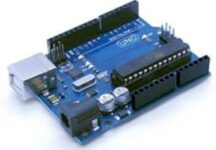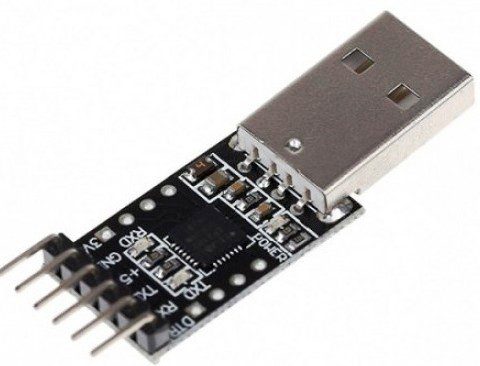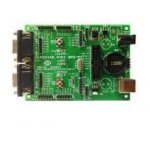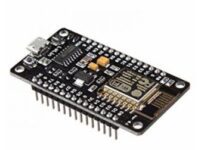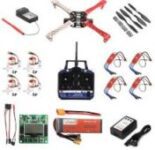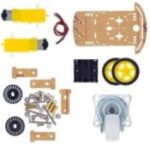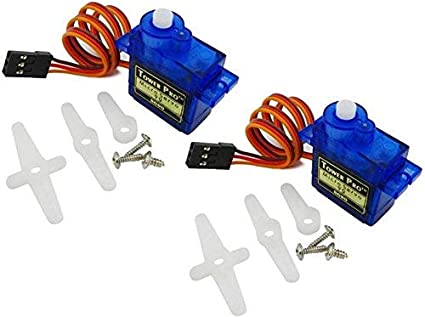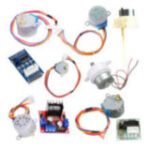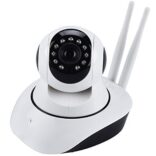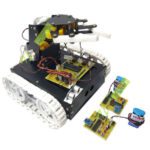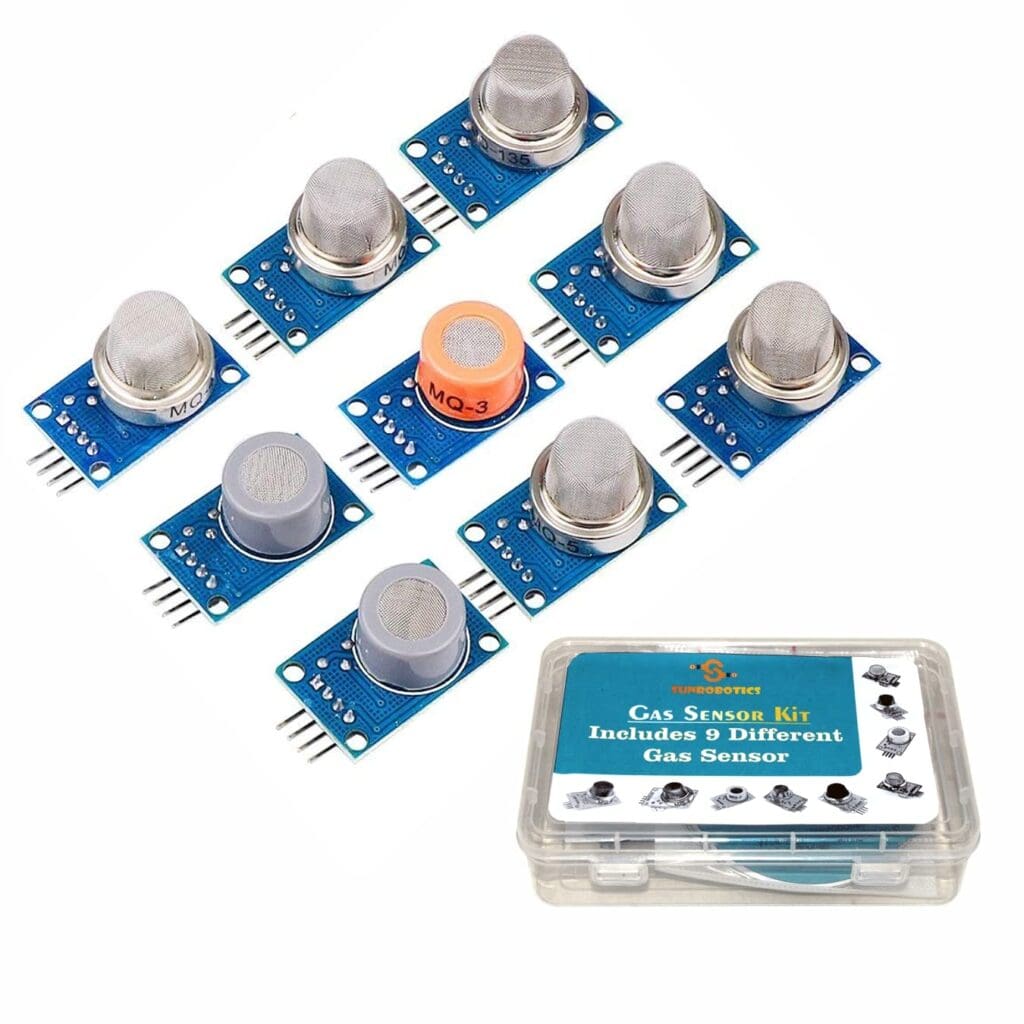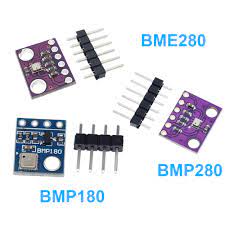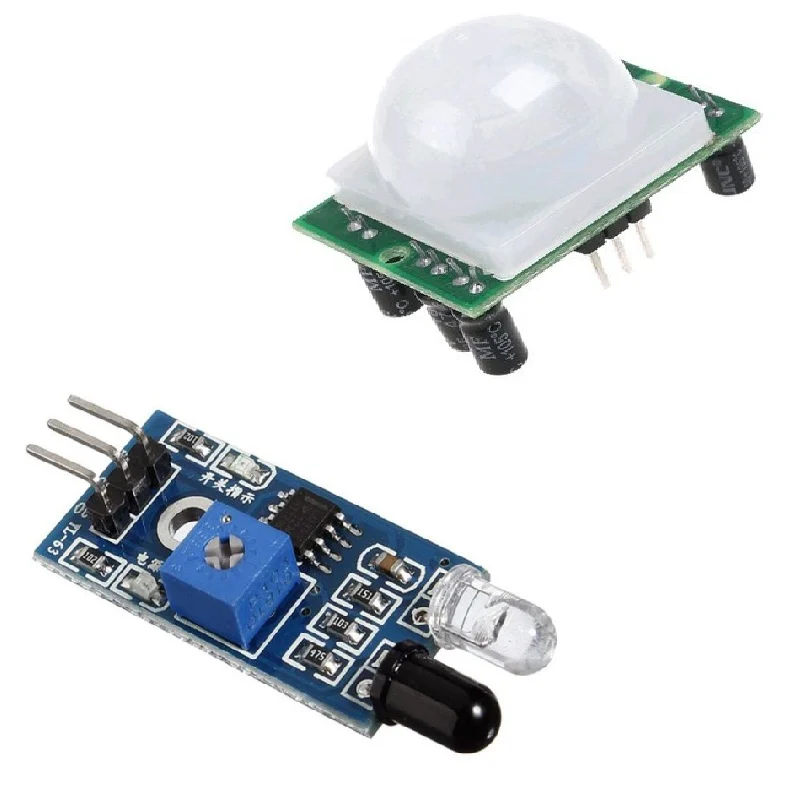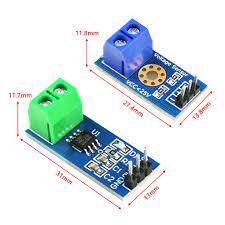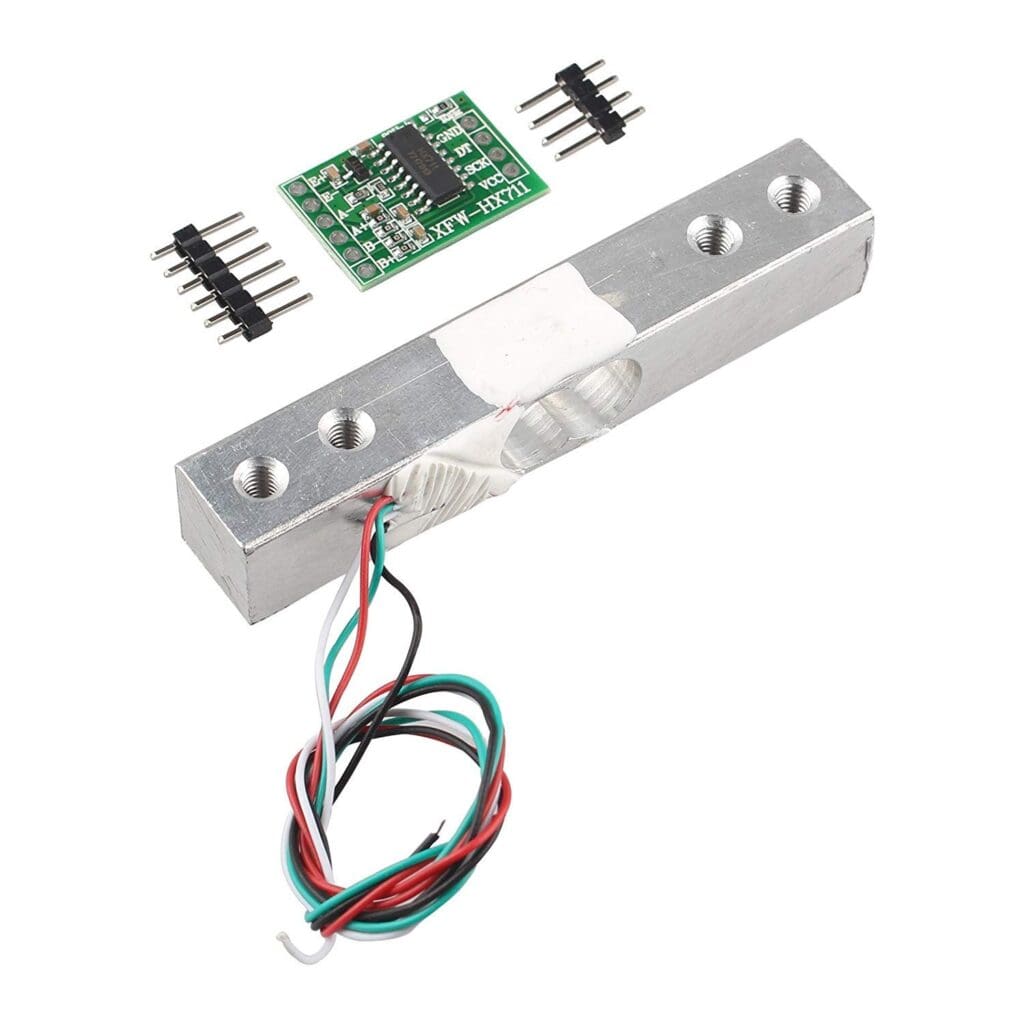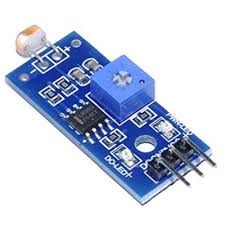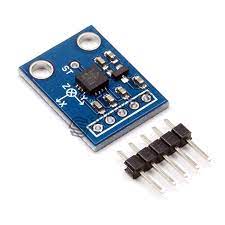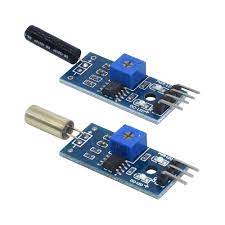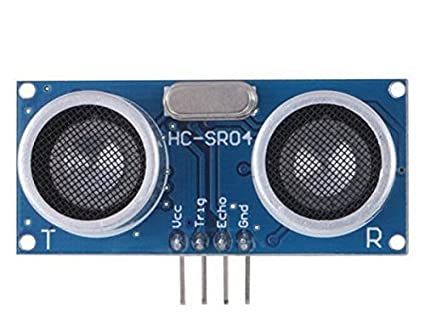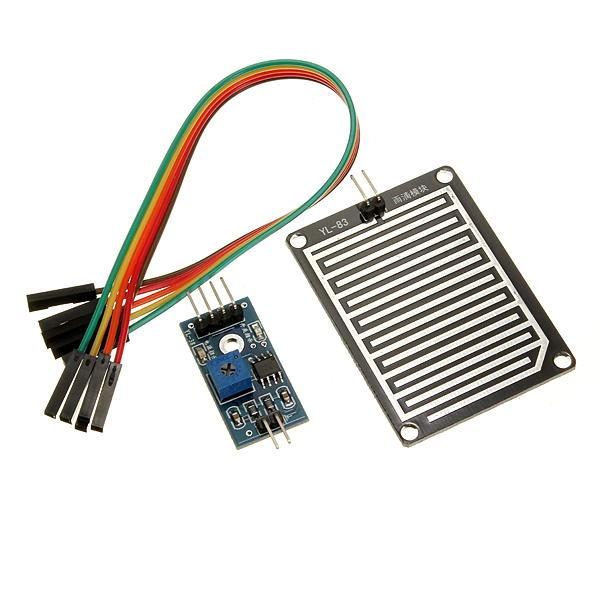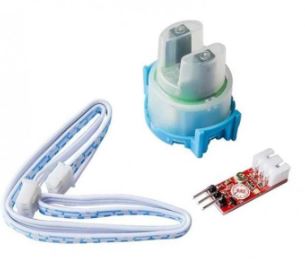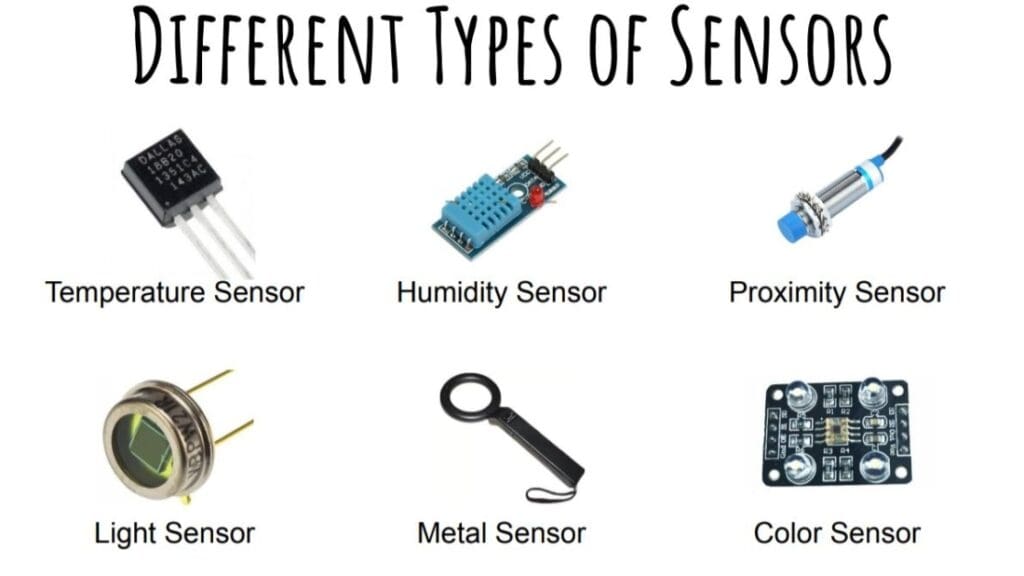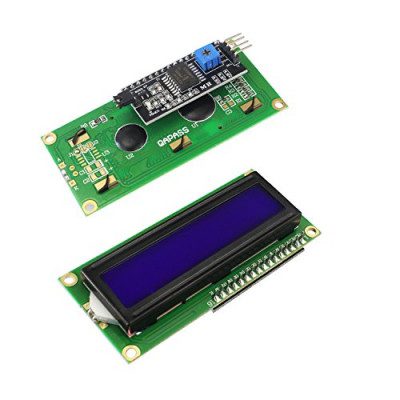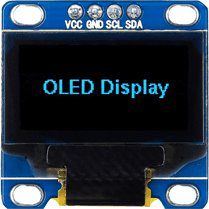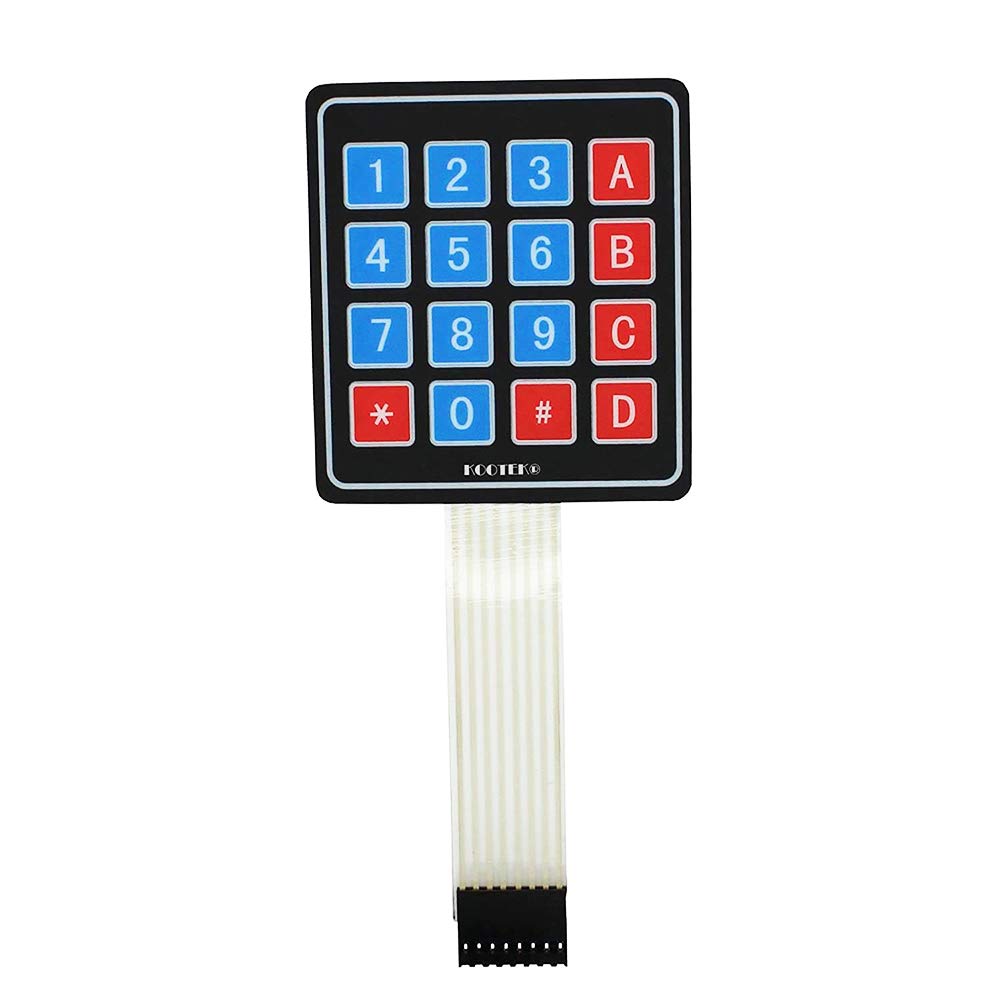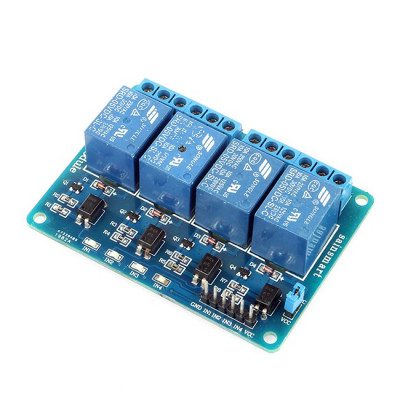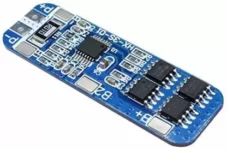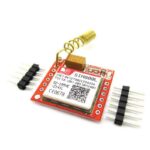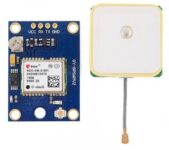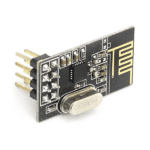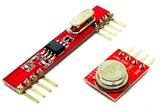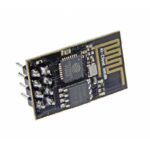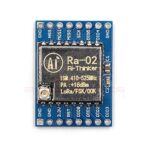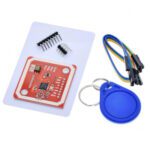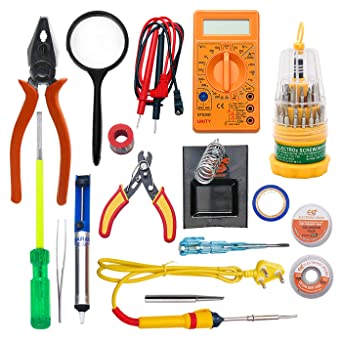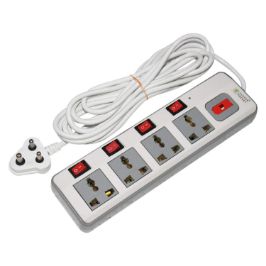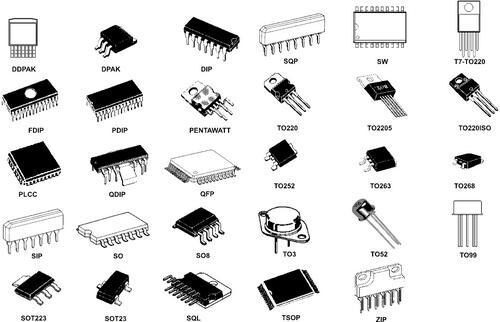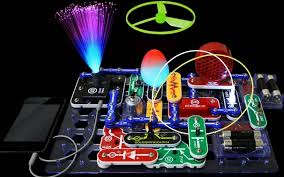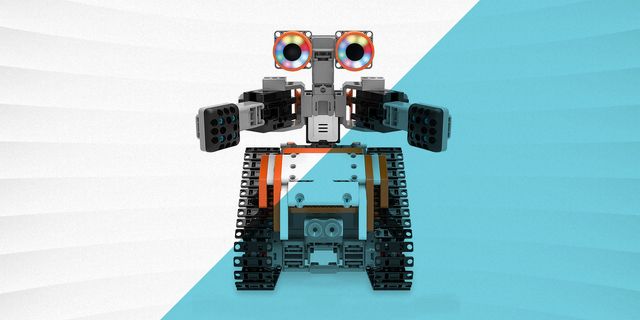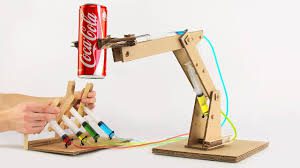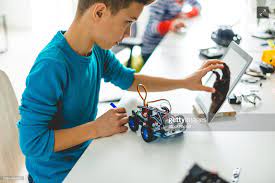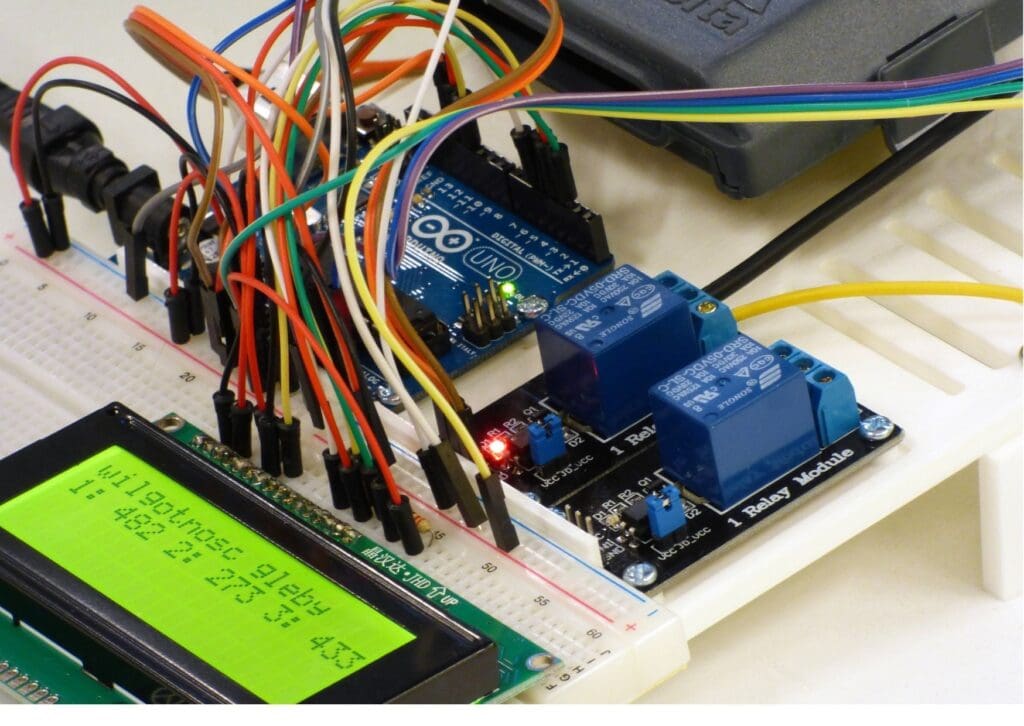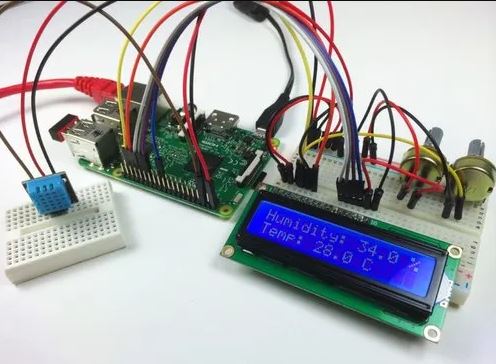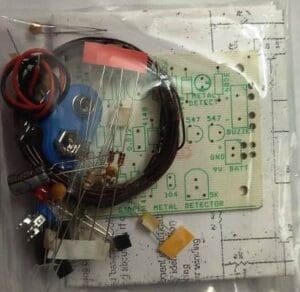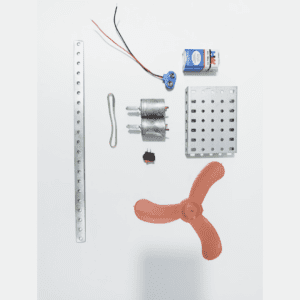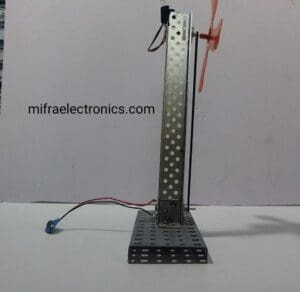Introduction to Robotics
- Robotics is a field at the intersection of engineering, computer science, and mathematics that focuses on the design, construction, operation, and use of robots. These robots can range from simple automated machines to highly complex systems capable of performing tasks with precision and autonomy. The field of robotics has seen rapid advancements in recent years, driven by innovations in technology and a growing demand for automation in various industries.
- Exploring robotics opens up a world of endless possibilities, where imagination meets practicality. Whether it’s building robots for manufacturing processes, exploring the depths of space, or aiding in medical procedures, the applications of robotics are vast and diverse. Robotics not only enhances efficiency and productivity but also opens up avenues for tackling challenges in areas such as healthcare, disaster response, and environmental monitoring.
- At its core, robotics is about creating intelligent machines that can sense, analyze, and interact with their environment. This involves integrating hardware components such as sensors, actuators, and processors with software algorithms to enable robots to perceive their surroundings, make decisions, and execute tasks autonomously or with human guidance.
- The journey into robotics is an exciting one, offering opportunities for innovation, problem-solving, and interdisciplinary collaboration. As technology continues to evolve, the possibilities for what robots can achieve are limited only by our imagination. Whether you’re a student, hobbyist, researcher, or industry professional, exploring robotics provides a platform to learn, experiment, and contribute to the ever-expanding field of robotics.
Projects Categories:
Products Categories:
- Robotics
- Actuators
- Camera Modules
- Drone Kits
- Drone Components
- Chassis
- DC Motors
- Other Robotic accessories
- Pick and Place Modules
- Robotic Kit
- Servo Motors
- Stepper Motors
- Wheels
- Microcontrollers & Programmers
- 8051 Microcontroller
- Arduino Microcontroller
- ARM Development Board
- Interface Module
- NODMCU / ESP Modules
- PIC Microcontroller
- Raspberry Pi
- Devices and Actuators
- Display Modules
- Sensors & Module
- Power Supply / Batteries
- Wireless modules
- Electronic Components
- Wholesale Market
Description
1. Introduction to Robotics
Robotics as a multidisciplinary field.Definition and scope: design, construction, operation, and use of robots.
Rapid advancements driven by technology and automation demands.
2. Applications of Robotics
Industrial automation: enhancing efficiency and precision in manufacturing processes.
Exploration and discovery: space exploration, deep-sea exploration, and terrestrial exploration.
Healthcare: surgical assistance, rehabilitation, eldercare, and medical diagnostics.
Disaster response: search and rescue operations, hazardous environment exploration.
3. Fundamental Components of Robots
Hardware sensors, actuators, manipulators, and locomotion mechanisms.
Software: algorithms for perception, decision-making, and control.
Integration of hardware and software for seamless functionality.
4. Technological Advancements
Sensors and perception technologies: enabling robots to sense and interact with their environment.
Artificial intelligence and machine learning: enhancing decision-making and autonomy.
Miniaturization and nanotechnology: facilitating the development of smaller and more agile robots.
5. Challenges and Opportunities
Technical challenges: power management, navigation in complex environments, and human-robot interaction.
Ethical considerations: impact on employment, privacy concerns, and the role of autonomous systems in society.
Opportunities for innovation: interdisciplinary collaboration, research, and entrepreneurship.
6. Journey into Robotics
Learning pathways: formal education, online resources, and hands-on experimentation.
Community engagement: robotics clubs, competitions, and hackathons.
Career paths: robotics engineering, research, academia, and industry applications.
7. Future Directions
Continued technological advancements: soft robotics, swarm robotics, and bio-inspired designs.
Integration with emerging technologies: Internet of Things (IoT), augmented reality (AR), and virtual reality (VR).
Societal implications: shaping policies, regulations, and public perception of robotics.

Working of Robotics
- The working of robotics involves a complex interplay of hardware and software components to enable robots to perceive their environment, make decisions, and execute tasks. Here’s an overview of the key aspects of how robotics works:
1. Sensing the Environment
Robots use various sensors to gather data about their surroundings. These sensors can include cameras, LiDAR (Light Detection and Ranging), ultrasonic sensors, infrared sensors, and more.
The data collected from these sensors provide information about obstacles, objects, distances, colors, and other relevant environmental features.
2. Processing Sensor Data
Once the sensor data is collected, it is processed by the robot’s onboard computer or microcontroller.
Algorithms are used to interpret the sensor data, extract relevant information, and generate a representation of the robot’s environment. This can involve tasks such as object recognition, localization, mapping, and path planning.
3. Decision Making
Based on the processed sensor data and predefined objectives or commands, the robot’s control system makes decisions about the actions it needs to take.
Decision-making algorithms consider factors such as the robot’s current position, environmental conditions, task requirements, and safety constraints.
4. Actuation and Movement
Actuators are used to translate the decisions made by the control system into physical movements. These actuators can include motors, servos, hydraulics, or pneumatic systems.
The control system sends commands to the actuators to control the robot’s movement, such as locomotion, manipulation of objects, or articulation of robotic limbs.
5. Feedback and Adaptation
Robots often incorporate feedback mechanisms to monitor their actions and adjust their behavior in real-time.
Feedback sensors, such as encoders or gyroscopes, provide information about the robot’s position, orientation, and performance.
This feedback loop allows robots to adapt to changes in their environment or unexpected events, improving their reliability and effectiveness.
6. Human-Robot Interaction
In some cases, robots interact with humans or other external entities. This interaction can be through interfaces such as touchscreens, voice commands, gestures, or teleoperation.
Human-robot interaction systems enable seamless collaboration between humans and robots, allowing for tasks that require a combination of human intelligence and robotic capabilities.
7. Autonomy Levels:
The degree of autonomy varies among robots, ranging from fully autonomous systems that operate independently to semi-autonomous systems that require human supervision or intervention.
Fully autonomous robots rely entirely on their onboard intelligence and sensors to perceive and navigate their environment, make decisions, and perform tasks.
- Overall, the working of robotics involves a sophisticated integration of hardware, software, and algorithms to enable robots to perceive, think, and act in their environment, with the ultimate goal of achieving specific objectives or completing tasks autonomously or with human guidance.

Recent Ideas and Innovations in Robotics:
1. Soft Robotics
- Soft robotics involves the design and development of robots using flexible and deformable materials. This field is inspired by natural organisms and offers advantages in tasks that require delicate manipulation, interaction with humans, and adaptability to complex environments.
2. Swarm Robotics
Swarm robotics focuses on coordinating large groups of simple robots to accomplish tasks collectively. Inspired by the collective behaviors observed in insect colonies, swarm robotics has applications in exploration, surveillance, and distributed sensing.
3. Human Robot Collaboration
- Advancements in human-robot collaboration enable robots to work alongside humans in shared workspaces safely and efficiently. This includes technologies such as collaborative robots (cobots), wearable robotics, and augmented reality interfaces for intuitive interaction.
4. Autonomous Vehicles
- Robotics technology plays a crucial role in the development of autonomous vehicles, including self-driving cars, drones, and unmanned aerial vehicles (UAVs). Innovations in sensing, perception, and decision-making algorithms are driving progress in this field.
5. Medical Robotics
- Robotics is revolutionizing healthcare with applications in surgical robotics, rehabilitation robotics, and telemedicine. Surgical robots enable minimally invasive procedures with enhanced precision and dexterity, while rehabilitation robots aid in physical therapy and assistive devices for individuals with disabilities.
6. AI and Machine Learning
- Advances in artificial intelligence (AI) and machine learning are enhancing the capabilities of robots in perception, decision-making, and learning from experience. This enables robots to adapt to changing environments, optimize performance, and interact intelligently with humans.
Countries Leading in Robotics Technology:
1. United States
- The United States is a global leader in robotics technology, with prominent companies and research institutions driving innovation in various domains, including industrial robotics, autonomous vehicles, and AI-driven robotics.
2. Japan
- Japan has a long history of robotics innovation and is known for its advancements in industrial robotics, humanoid robots, and robotics applications in healthcare and eldercare. The country’s government and industry collaborations continue to support robotics research and development.
3. Germany
- Germany is a powerhouse in industrial robotics, with strong expertise in manufacturing automation, robotics research, and development of advanced robotic systems for automotive, electronics, and other industries. German companies are also active in collaborative robotics and service robotics.
4. South Korea
- South Korea is at the forefront of robotics technology, particularly in the development of humanoid robots, service robots, and robotics applications in entertainment, education, and healthcare. The government has invested heavily in robotics research and promotes partnerships between academia, industry, and government agencies.
5. China
- China has emerged as a major player in robotics technology, with significant investments in robotics research, manufacturing, and deployment. The country is a leading market for industrial robots and is rapidly advancing in areas such as AI-driven robotics, autonomous vehicles, and robotics for logistics and e-commerce.
- These countries, along with others such as Switzerland, Sweden, and the United Kingdom, are actively driving innovation and adoption of robotics technology, contributing to its continued advancement and impact on various industries and societal domains.
Uses And Applications
Sure, here are some key uses and applications of robotics presented in a points-wise format:
1. Manufacturing and Industrial Automation
Streamlining production processes with robots for tasks like assembly, welding, painting, and material handling.
Enhancing efficiency, accuracy, and speed in manufacturing operations.
Enabling flexible production lines and rapid reconfiguration for different product variants.
2. Healthcare and Medicine
Assisting surgeons in minimally invasive procedures with surgical robots, improving precision and reducing patient trauma.
Supporting rehabilitation through robotic exoskeletons, prosthetics, and assistive devices for mobility-impaired individuals.
Automating tasks in healthcare facilities, such as medication delivery, sterilization, and patient monitoring.
3. Exploration and Research
Conducting space exploration missions with robotic rovers, landers, and probes to study distant planets, moons, and asteroids.
Exploring extreme environments on Earth, such as deep-sea exploration with underwater robots and remote sensing in harsh terrains.
4. Agriculture and Farming
Automating agricultural tasks such as planting, harvesting, and spraying pesticides with robotic systems.
Improving crop monitoring and management through drones equipped with sensors and imaging technologies.
Enhancing efficiency and sustainability in livestock management with robotic herding and monitoring solutions.
5. Logistics and Warehousing
Optimizing warehouse operations with autonomous robots for picking, packing, and sorting of goods.
Enabling autonomous delivery of packages through drones or ground-based robots in urban and rural areas.
Improving inventory management and order fulfillment processes with robotics and automation systems.
6. Education and Research
Facilitating STEM education through robotics kits, competitions, and educational platforms for students of all ages.
Supporting research in robotics and artificial intelligence (AI) through the development of experimental platforms and simulation environments.
Advancing knowledge in fields such as human-robot interaction, machine learning, and computer vision through robotics research.
7. Defense and Security
Utilizing unmanned aerial vehicles (UAVs) and ground-based robots for surveillance, reconnaissance, and monitoring in military and security applications.
Disarming explosives and handling hazardous materials with specialized bomb disposal robots to protect personnel from danger.
Enhancing border security and maritime surveillance with autonomous surveillance drones and underwater robots.
8. Entertainment and Hospitality
Creating interactive experiences in theme parks and entertainment venues with animatronic characters and robotic attractions.
Providing customer service in hotels, restaurants, and retail establishments through robotic concierges, servers, and greeters.
Enhancing visitor engagement and immersion in museums, exhibitions, and events with interactive robotic exhibits and installations.
- These are just a few examples of the diverse range of applications where robotics plays a crucial role, revolutionizing industries, improving quality of life, and pushing the boundaries of what’s possible.
Conclusion
- In conclusion, robotics has emerged as a transformative force across a wide spectrum of industries and domains, revolutionizing the way we work, live, and explore. From enhancing efficiency and precision in manufacturing to enabling groundbreaking discoveries in space exploration, the applications of robotics are vast and diverse.
- Through the seamless integration of hardware, software, and advanced algorithms, robots are increasingly capable of perceiving their environment, making autonomous decisions, and executing complex tasks with precision and reliability. This capability not only enhances productivity and efficiency but also opens up new possibilities for innovation and problem-solving.
- Moreover, robotics technology is not limited to industrial settings but extends its impact to healthcare, agriculture, logistics, education, entertainment, defense, and beyond. Whether it’s assisting surgeons in delicate medical procedures, automating agricultural tasks to improve food production, or entertaining audiences with interactive robotic exhibits, robots are reshaping various aspects of our lives.
- As we continue to push the boundaries of robotics technology, it is essential to consider the ethical, social, and economic implications of its widespread adoption. Ensuring that robotics technologies are developed and deployed responsibly, with a focus on safety, accessibility, and equity, will be crucial in maximizing their benefits while addressing potential challenges.
- In essence, robotics represents a journey of innovation, exploration, and collaboration, offering boundless opportunities to push the frontiers of technology and improve the human experience. By harnessing the power of robotics, we can pave the way for a future where intelligent machines work alongside humans to create a more efficient, sustainable, and prosperous world.
For additional blog content, to explore further insights and articles. Click here
433MHz RF Module Works &
Working 433MHz RF Module Works & Interfacing With Arduino Introduction Wireless communication has become an...
Read MoreVoice Recognition Technology
Voice Recognition Technology Introduction Voice recognition technology, a groundbreaking innovation in the realm of electronics,...
Read MoreHow to attach heat sink
How to attach heat sink to raspberry pi 4 INTRODUCTION Attaching a heat sink to...
Read MoreUnderstanding Integrated Circuit And Microchips
Understanding Integrated Circuit And Microchips Introduction Integrated circuits (ICs), often referred to as microchips, are...
Read More


